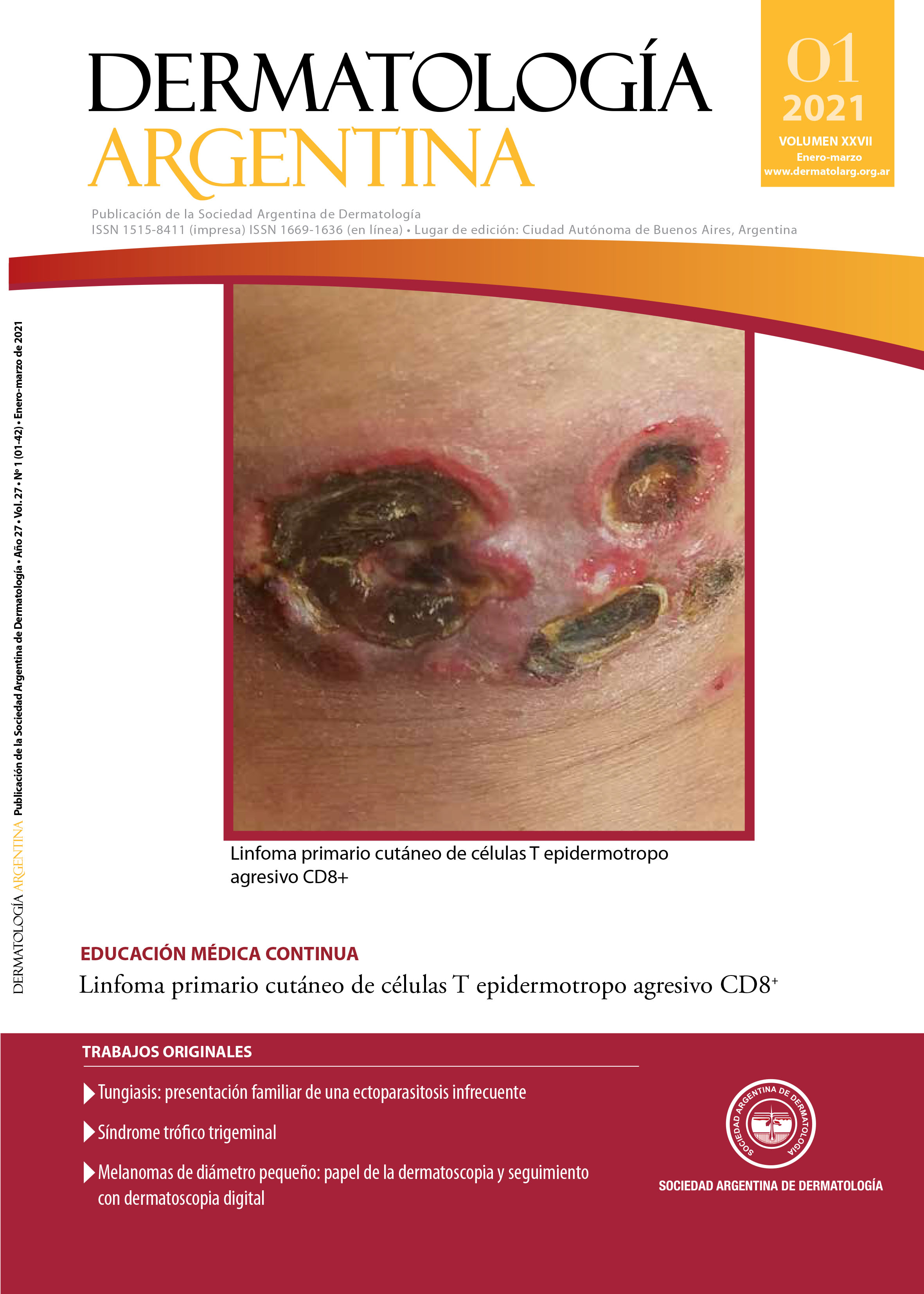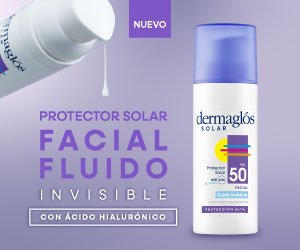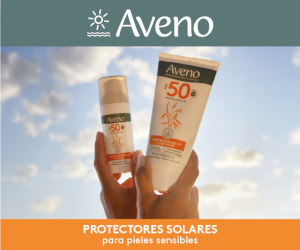Superficial morphea
DOI:
https://doi.org/10.47196/da.v25i1.2045Keywords:
morphea, superficial morphea, superficial reticular dermisAbstract
Superficial morphea is a rare variant of morphea that is distinguished from the classic variant both clinically and histopathologically. It is characterized by hypo or hyperpigmented patches with minimal to no induration, without associated symptoms, without contracture or atrophy. At the histopathological level, a limited involvement of collagen fibers is observed at the level of the superficial reticular dermis. The case of a patient with superficial morphea treated with ultraviolet B phototherapy and methotrexate is presented.
References
I. McNiff JM, Glusac EJ, Lazova RZ, Carroll CB. Morphea limited to the superficial reticular dermis: an underrecognized histologic phenomenon. Am J Dermatopathol 1999;21:315-319.
II. Mosbeh A-S, Aboeldahab S, El-Khalawany M. Superficial morphea: clinicopathological characteristics and a novel therapeutic outcome to excimer light therapy. Dermatol Res Pract 2019;2019:1-7.
III. Jacobson L, Palazij R, Jaworsky C. Superficial morphea. J Am Acad Dermatol 2003;49:323-355.
IV. Fett N, Werth VP. Update on morphea: part I. epidemiology, clinical presentation, and pathogenesis. J Am Acad Dermatol 2011;64:217-228.
V. Skobieranda K, Helm KF. Decreased expression of the human progenitor cell antigen (CD34) in morphea. Am J Dermatopathol 1995;17:471-475.
VI. Tuffanelli DL. Localized scleroderma. Semin Cutan Med Surg 1998;17:27-33.
VII. Pope E, Laxer RM. Diagnosis and management of morphea and lichen sclerosus and atrophicus in children. Pediatr Clin North Am 2014;61:309-319.
VIII. Loyal J, Norris II, Lester EB, Pierson JC. Superficial morphea: case report, look-alikes, pathogenesis, and treatment. Dermatol Online J 2017;23:13030.
IX. Fett N, Werth VP. Update on morphea: part II. Outcome measures and treatment. J Am Acad Dermatol 2011;64:231-242.
Downloads
Published
Issue
Section
License
El/los autor/es tranfieren todos los derechos de autor del manuscrito arriba mencionado a Dermatología Argentina en el caso de que el trabajo sea publicado. El/los autor/es declaran que el artículo es original, que no infringe ningún derecho de propiedad intelectual u otros derechos de terceros, que no se encuentra bajo consideración de otra revista y que no ha sido previamente publicado.
Le solicitamos haga click aquí para imprimir, firmar y enviar por correo postal la transferencia de los derechos de autor













